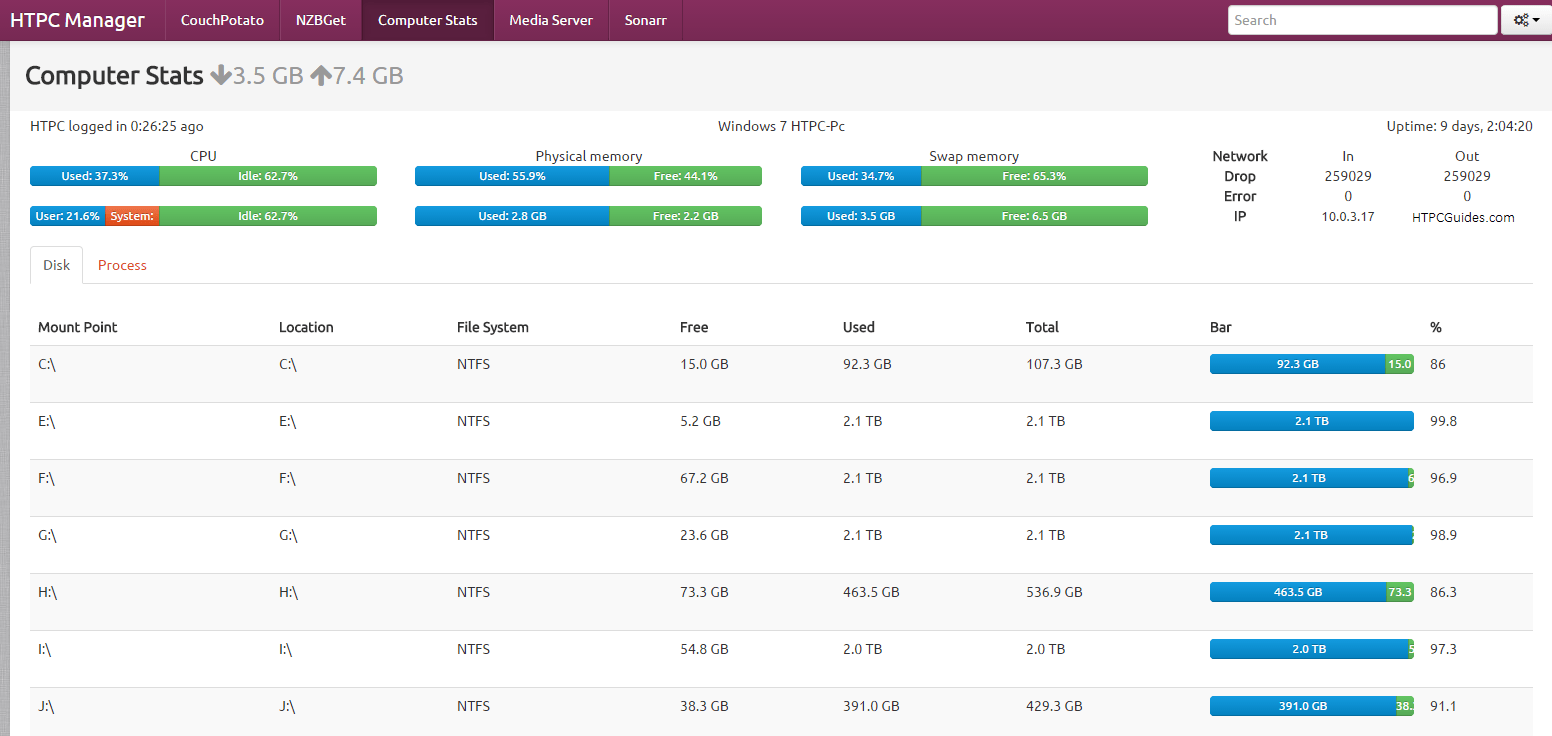
- #INSTALL SONARR THROUGH PYTHON INSTALL#
- #INSTALL SONARR THROUGH PYTHON UPDATE#
- #INSTALL SONARR THROUGH PYTHON ARCHIVE#
- #INSTALL SONARR THROUGH PYTHON TV#
- #INSTALL SONARR THROUGH PYTHON WINDOWS#
Systemd-sysv provides the symlinks for /sbin/init. You can test if SystemD is installed by runningĪnd if the application can’t be found or started, you need to run
#INSTALL SONARR THROUGH PYTHON INSTALL#
We now use SystemD as our boot method of choice, but you may need to install it depending on the version of Raspbian you’re running. This was once done using init.d scripts, but this has been depreciated. This step will allow us to run Deluge automatically whenever the Raspberry Pi boots. If the share doesn’t appear instantly, you can always reboot the device. To re-mount your FSTAB file, and if you navigate to /media/share you should be able to delve deeper into the directories that you’ve shared via Windows.
#INSTALL SONARR THROUGH PYTHON WINDOWS#
It may also seem like commonsense, but ensure that your Windows Share folder is available to the user your specified, and has read/write access. Ensure that this folder has a Completed and Downloading folder, and within the Completed folder, you have different folders for your different categories of files you plan on downloading. This will mount the folder that you’ve shared via Windows to the /media/share folder.



Sudo nano /etc/systemd/system/rviceĮxecStart=/usr/bin/mono /opt/NzbDrone/NzbDrone.exe Take ownership of the Sonarr folder, otherwise updating may be funny.Īdd Sonarr to your SystemD Startup by creating rvice,
#INSTALL SONARR THROUGH PYTHON UPDATE#
Update your packages and install NZBDrone (Sonarr). Sudo apt-key adv –keyserver –recv-keys FDA5DFFCĮcho “deb master main” | sudo tee -a /etc/apt//sonarr.list Sudo apt-get install apt-transport-https -y –force-yes Install the necessary Mono installation for Sonarr:

#INSTALL SONARR THROUGH PYTHON TV#
You’ll see that all of the media in your TV share is now being shown on the Pi. If you navigate to /media/archive/tv and run Once both lines are added, save and exit the FSTAB file and run WINDOWSIPADDRESS/DOWNLOADSFOLDER /media/share/ cifs username=WINDOWSUSERNAME,password=WINDOWSPASSWORD,uid=DELUGEUSERID,gid=DELUGEGROUPID,iocharset=utf8,_netdev 0 0 Now for the commands, fill the blanks with your information and add them to the end of your FSTAB file.
#INSTALL SONARR THROUGH PYTHON ARCHIVE#
Now that our two archive folders are created, it’s time to mount the Windows SMB shares for both folders.įor each folder you have in your archive folder, add the relevant command: These folders (named tv and movies respectively), will be added to our FSTAB file to mount on boot, and will point to our archive of Movies and TV Shows that are shared from the Windows Machine.īy adding a space and another folder name to our mkdir command, we can create 2 folders in our present directory with the one command. Create your archive folders on the Raspberry Pi using the following command.


 0 kommentar(er)
0 kommentar(er)
